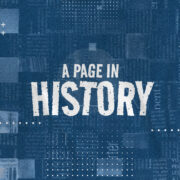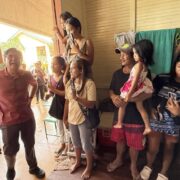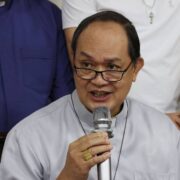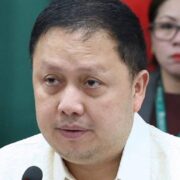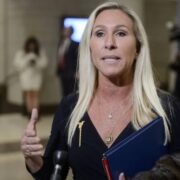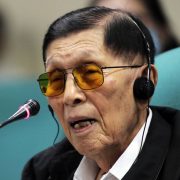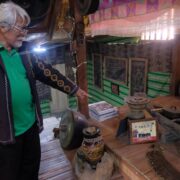Crafting a people-centered national budget
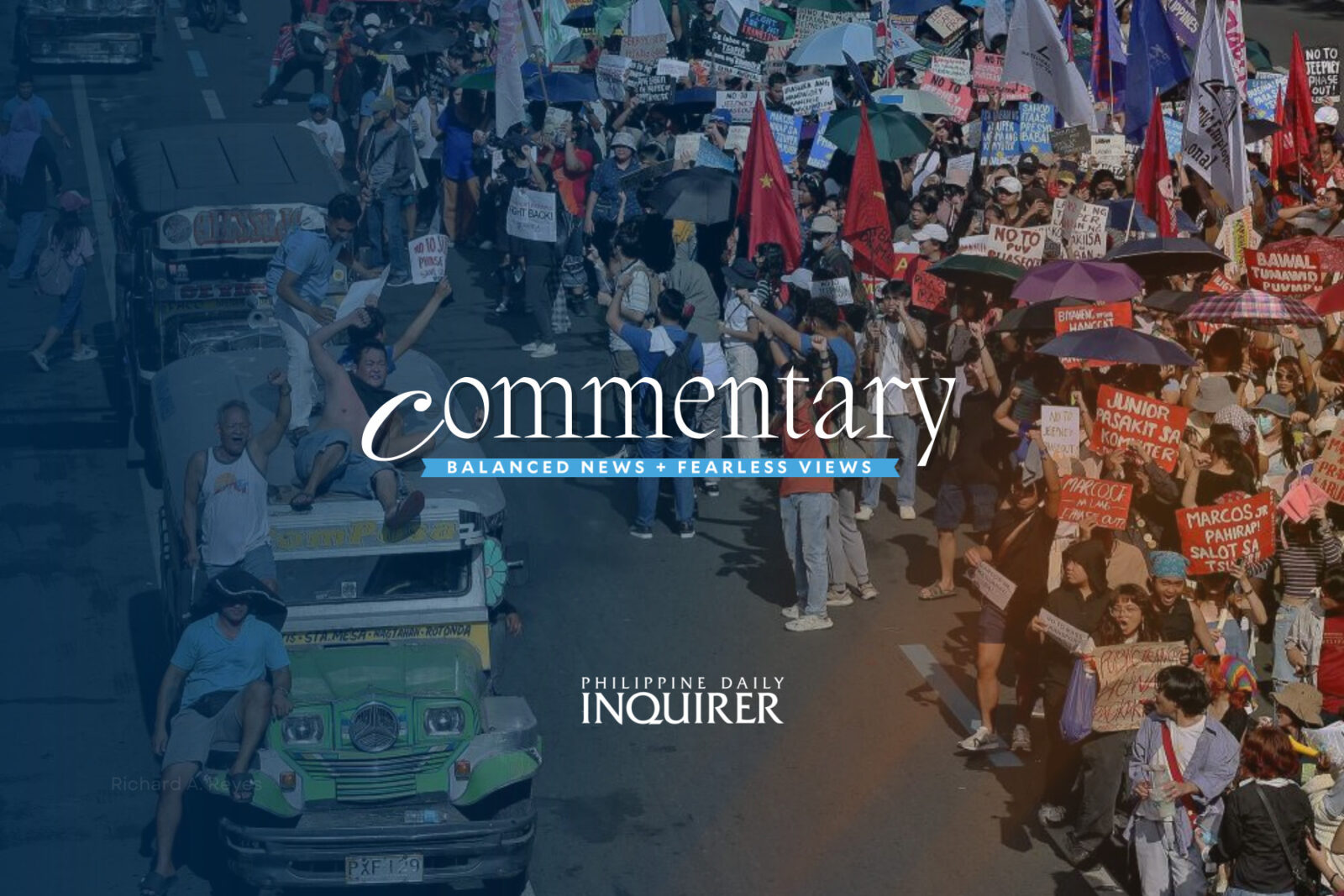
The national budget is the most critical piece of legislation that Congress passes every year. It is the primary tool of the government to put its plans and policies into action.
Given the government’s limited resources, it is important that the national budget is carefully designed to ensure that it reflects priority programs that would address the urgent needs of Filipinos. Among these are managing the prices of goods and services, increasing and improving the quality of wages of workers, reducing poverty, creating more jobs, and addressing hunger and malnutrition.
For 2025, the national budget amounts to P6.3 trillion, a 9.7-percent increase from the previous year. Examining the budget, however, would show that some of its parts are misaligned with the concerns of most Filipinos. In particular, we strongly do not agree with the following items:
Transferring the budget of some key social and infrastructure projects from programmed appropriations to unprogrammed appropriations (UAs), which are standby items with no definite funding. Similar to a family budget, the programmed appropriations would be the equivalent of basic needs such as food, clothing, shelter, education, medicines, water, and electricity. The UAs would be nonbasic items such as extra appliances, cars, and foreign travel. One major item affected is the P50 billion proposed budget originally earmarked for the Pantawid Pamilya Pilipino Program.
Increasing the budget of the Department of Public Works and Highways (DPWH) by P288 billion despite having a weak capacity to implement projects. In 2023, the disbursement rate of DPWH only stood at 66.4 percent, way below the average 81.5-percent disbursement rate across all national government agencies.
Padding the computation of the education sector budget (P1.06 trillion) to justify a higher allotment over the DPWH (P1.03 trillion). The Department of Budget and Management (DBM) questionably added the budget of the Philippine Military Academy, Local Government Academy, and other institutions to augment the education budget. This is contrary to the practice in previous years where the education budget is only composed of basic education (Department of Education), higher education (Commission on Higher Education and state universities and colleges), and vocational education (Technical Education and Skills Development Authority). If this previous practice were followed, the DPWH (P1.03 trillion) would have a higher budget than education (P965 billion), which is against the spirit of the Constitution.
In our view, the President could have done more to ensure that Congress would adhere as much as possible to the executive’s proposed budget. But because it was already too late in the budget process, his flexibility and options to refine it were limited. Given this, we would like to reiterate our recommendations to prevent this kind of situation moving forward and to safeguard the utilization of public funds:
Strengthening coordination between the executive and legislative. The President should use his prerogative early in the budget process through the Legislative-Executive Development Advisory Council (Ledac). The Ledac should meet during two critical periods in the budget process: (1) In late July before it is formally sent to Congress; and (2) in late November before the bicameral conference committee convenes.
Enhancing transparency and accountability in the budget process. While we have seen progress in making the process open and transparent in recent years, drastic improvement is still needed at the bicameral conference committee stage. Similar to committee hearings, Congress should open the bicameral meetings through live streaming and publication of minutes to allow the citizens to scrutinize the budget, particularly the unnecessary insertions or amendments.
Stricter monitoring of public spending through greater public participation and use of technology. The budget process does not end when the President signs the General Appropriations Act. The joint congressional oversight committee on public expenditures in coordination with the DBM, should be more proactive in monitoring the fund utilization of government agencies and government-owned or -controlled corporations.
But more importantly, they should widen citizen participation in evaluating and auditing the performance of government agencies. The Commission on Audit’s Citizen Participatory Audit program where citizens can join audit teams to monitor programs should be expanded to cover key programs at the national and local level.
The use of digital technology is also crucial. The DBM should relaunch its Project DIME (Digital Imaging for Monitoring and Evaluation), which uses satellites and drones to monitor the status of major infrastructure projects. Another policy would be to require video recording and live streaming of programs such as aid distribution (e.g., Ayuda sa Kapos ang Kita Program) to ensure that the funds go to the intended beneficiaries.
For the budget to truly reflect the aspirations of the Filipino people, the government should start making the citizens an integral part of the budget process. After all, the national budget is the people’s budget.
—————-
Gary B. Teves had served as finance secretary under the Arroyo administration.



